Indoor Air Quality: causes and solutions
January 12, 2016 4:25 pm
Presents how IAQ can be affected and the ways to improve it
This report will provide you with some facts about what can be present in the air inside your home, the health dangers those contaminants pose to you and your children (and your pets), and what you can do about it.
Indoor Air Quality (IAQ) or Indoor Air Pollution refers to the air quality within and around buildings and premises used for residential, commercial or factory premises and its surroundings especially as it relates to the health and comfort of its occupants. IAQ can be affected by gases (including carbon monoxide, carbon dioxide, radon, volatile organic compounds that include but are not limited from sources such as smoke, toxic gases, kerosene fumes, unvented and malfunctioning furnaces & stoves, building materials such as paint, furnishings, pollen, varnish etc. personal care products), particulates, microbial contaminants (mould formed due to humidity, bacteria), or any mass or energy stressor that can induce adverse health conditions. Ventilation, filtration and control of source are the primary ways to dilute contaminants for improvement of IAQ in most occupied premises. Residential units can further improve IAQ by routine cleaning of carpets and area rugs. Cleaning based on traffic, number of household members, pets, children and smokers usually help create framework guidance for IAQ improvement. Carpets and rugs act like an air filter and must be cleaned. Determination of IAQ involves the collection of air samples, monitoring human exposure to pollutants, collection of samples on building surfaces, and computer modelling of air flow inside buildings.
IAQ is part of Indoor Environmental Quality (IEQ), which includes IAQ as well as other psychological and physical aspects of life indoors (e.g., lighting, visual quality, acoustics, and thermal comfort).
Indoor air pollution in developing nations is the most deadly risk globally. A major source of indoor air pollution in developing countries is the burning of wood, charcoal, dung, or crop residue for heating and cooking. Estimates indicate approximately 2.2 – 2.5 million deaths occurring annually as a resultant to such high levels of exposure to particulate matter. The majority of deaths occur in the developing nations.
A way of quantitatively ensuring the IAQ is by the frequency of effective turnover of inside air by replacing it with outside air. In the UK, for example, classrooms are required to have 2.5 outdoor air changes per hour. In gymnasiums, physiotherapy spaces and restaurants and dining areas, the ventilation should be sufficient to limit carbon dioxide to 1,500 ppm. In the US, and according to ASHRAE Standards, ventilation in classrooms is based on the amount of outdoor air per occupant plus the amount of outdoor air per unit of floor area, not air changes per hour. Since carbon dioxide indoors comes from occupants and outdoor air, the adequacy of ventilation per occupant is indicated by the concentration indoors minus the concentration outdoors. The value of 615 ppm above the outdoor concentration indicates approximately 15 cubic feet per minute of outdoor air per adult occupant doing sedentary office work where outdoor air contains 385 ppm, the current global average atmospheric CO concentration. In classrooms, the requirements in the ASHRAE standard 62.1, Ventilation for Acceptable IAQ, would typically result in about 3 air changes per hour, depending on the occupant density. Here as we now know the occupants aren’t the only source of pollutants, so outdoor air ventilation may need to be higher when unusual or strong sources of pollution exist indoors. When outdoor air is polluted, then bringing in more outdoor air can actually worsen the overall quality of the indoor air and exacerbate some occupant symptoms related to outdoor air pollution. Generally, outdoor country air is better than indoor city air. Exhaust gas leakages can occur from furnace metal exhaust pipes that lead to the chimney when there are leaks in the pipe and the pipe gas flow area diameter has been reduced.
Moisture management and humidity control requires operating HVAC systems as designed. Moisture management and humidity control may conflict with efforts to try to optimise the operation to conserve energy. For example, moisture management and humidity control requires systems to be set to supply make up air at lower temperatures (design levels), instead of the higher temperatures sometimes used to conserve energy in cooling-dominated climate conditions. However, for most of the places where during the majority of hours of the year, outdoor air temperatures are cool enough that the air does not need further cooling to provide thermal comfort indoors. However, high humidity outdoors creates the need for careful attention to humidity levels indoors. High humidity gives rise to mould growth and moisture indoors is associated with a higher prevalence of occupant respiratory problems.
The ‘dew point temperature’ is an absolute measure of the moisture in air. Some facilities are being designed with the design dew points in the lower 10 C, and some in the upper and lower 4 and 5 C. Some facilities are being designed using desiccant wheels with gas fired heater to dry out the wheel enough to get the required dew points. On those systems, after the moisture is removed from the make up air, a cooling coil is used to lower the temperature to the desired level.
Commercial buildings, and sometimes residential, are often kept under slightly positive air pressure relative to the outdoors to reduce infiltration. Limiting infiltration helps with moisture management and humidity control.
Dilution of indoor pollutants with outdoor air is effective to the extent that outdoor air is free of harmful pollutants. Ozone in outdoor air occurs indoors at reduced concentrations because ozone is highly reactive with many chemicals found indoors. The products of the reactions between ozone and many common indoor pollutants include organic compounds that may be more odorous, irritating, or toxic than those from which they are formed. Recent research has shown that mortality and morbidity increase in the general population during periods of higher outdoor ozone and that the threshold for this effect is around 20 parts per billion (ppb).
Institutional program Many scientists work in the field of IAQ including chemists, physicists, mechanical engineers, biologists, bacteriologists and computer scientists. Some of these professionals are certified by organisations such as the American Industrial Hygiene Association, the American Indoor Air Quality Council, the Indoor Environmental Air Quality Council and Indoor Air Quality Association (IAQA).
Of late, there is the news of approval of consolidation between ASHRAE and IAQA. The consolidation was seen by both Boards as beneficial to ASHRAE and IAQA in that it strengthens the programs and services of both organisations. The work of IAQA complements the work of ASHRAE in its standards, research, publications and educational offerings. The two associations now combine their resources to ensure the industry receives the best IAQ technical guidance and educational programs possible, which means improved IAQ.
In India, the IAQ awareness is not as high as is in the developed world nevertheless it is not very less as agencies like ISHRAE, ASHRAE and some NGOs have been at the forefront on this mission. IAQ is also related to cleanliness and therefore with the advent of Prime Minister’s Clean India Campaign (Swachh Bharat Abhiyan), the awareness on cleanliness and in turn IAQ is expected to be higher and widespread.
Cookie Consent
We use cookies to personalize your experience. By continuing to visit this website you agree to our Terms & Conditions, Privacy Policy and Cookie Policy.






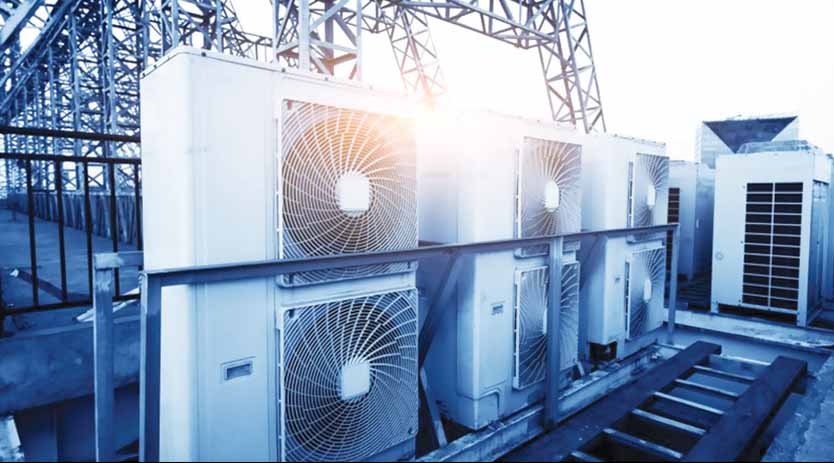
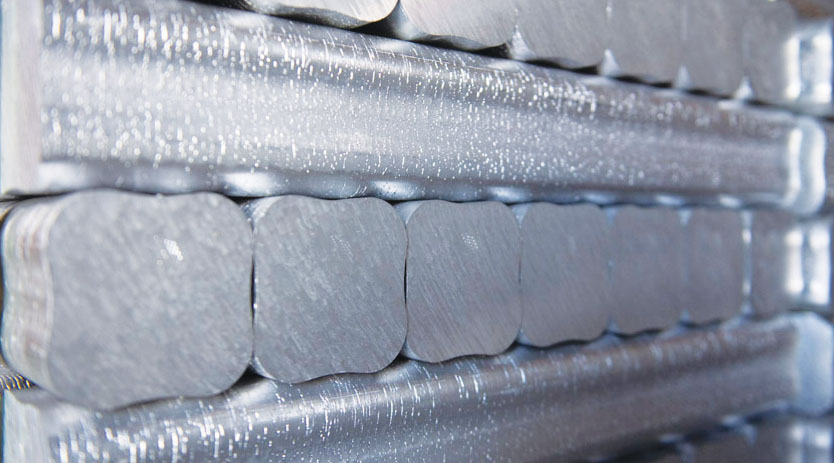
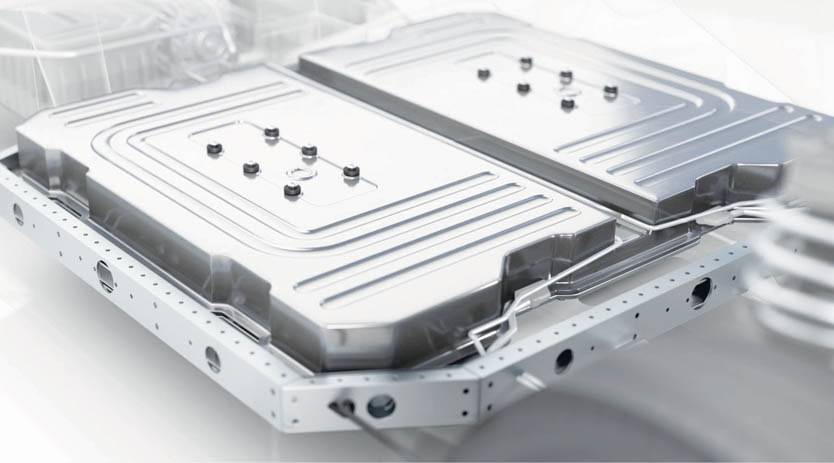

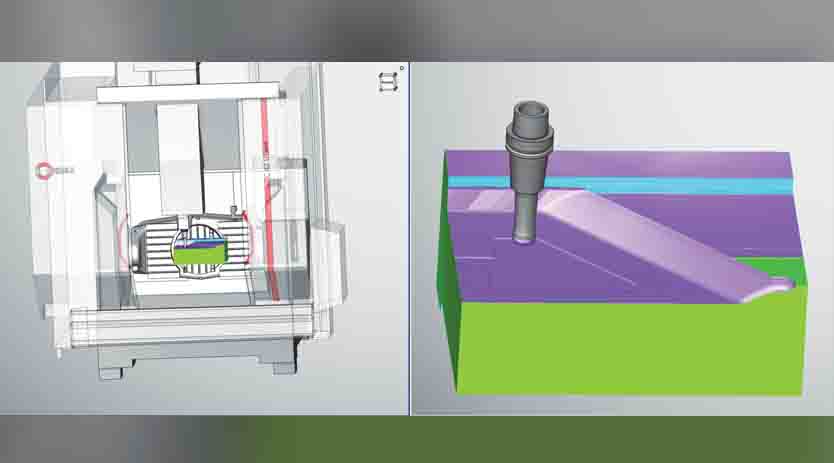
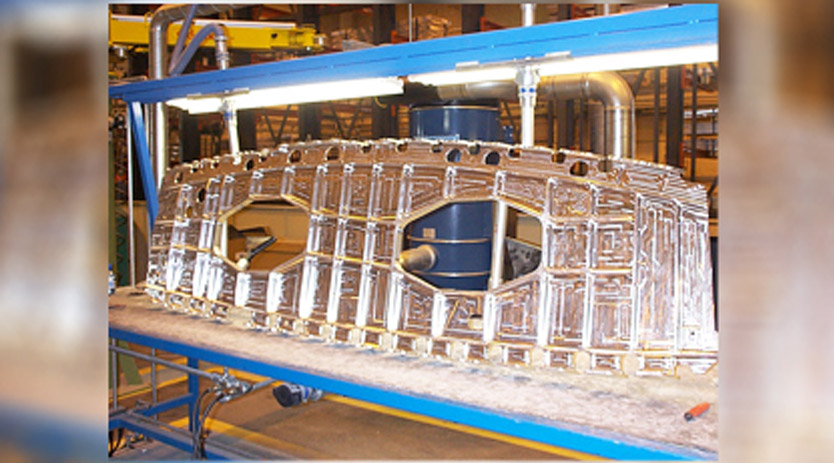




 English
English Hindi
Hindi